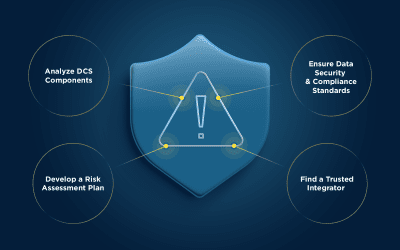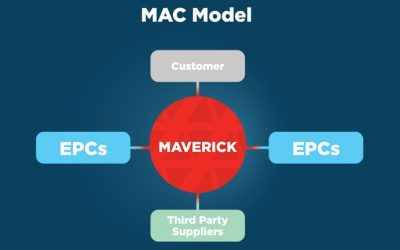Uncovering Unknown Risks with a Safety Risk Assessment and Analysis
“Reports that say that something hasn’t happened are always interesting to me, because as we know, there are known knowns; there are things we know we know. We also know there are known unknowns; that is to say we know there are some things we do not know. But there are also unknown unknowns — the ones we don’t know we don’t know.”
This quote from former US Defense Secretary Donald Rumsfeld, (Feb. 12, 2002) was the subject of a lot of jokes. But it’s a very accurate summation of what you do and do not know when you kickoff any project.
Safety is an obvious component to all project risk mitigation plans. Organizations are compelled by regulatory, financial and other cultural reasons to implement safety risk assessments.
The safety assessment and risk analysis becomes an important discipline that reduces the risk of liability during every activity that employees partake in. We know that with proper understanding of engineering principles, utilizing regulatory procedures and industry best practices, we can control identified hazards and improve the overall safety to our employees and the communities we live and work.
The “known knowns” are pretty obvious. These are known issues that you must deal with. To control or at least the control methods are know. If you execute properly, you can limit the probability of occurrence and mitigate the overall risk to your project.
In the middle of the risk planning are the “known unknowns.” These are known events that may or may not occur, such as an employee falling off a ladder. Since we can reasonably predict that they will occur at some point, we can identify them and plan for them through additional engineering and administrative controls.
Out at the far end are the “unknown unknowns.” These are things that could happen, but you don’t know what they are or when they could happen, so it becomes very difficult to plan for them. These may include catastrophic “explosive” events, such as a refinery fire.
Your project team risk assessments are very important as they form an integral part of a good occupational health and safety management plan. They help to create awareness, identify who may be at risk, determine if existing control measures are adequate, and give the organization the opportunity to prioritize hazards and control measures to prevent injuries or illnesses proactively at the design or planning stage.
When project teams fall to complete a risk assessment they miss the opportunity to identify potential hazards. Utilizing simple tools with available resources your project teams can uncover these unknown risks. Failure to assess these risks and follow through with the analysis and mitigation plans will in most cases proved to be a lot more costly and time consuming.
One last point to ponder: unknown risk or risk not communicated. Which is worse, and is there a difference?


